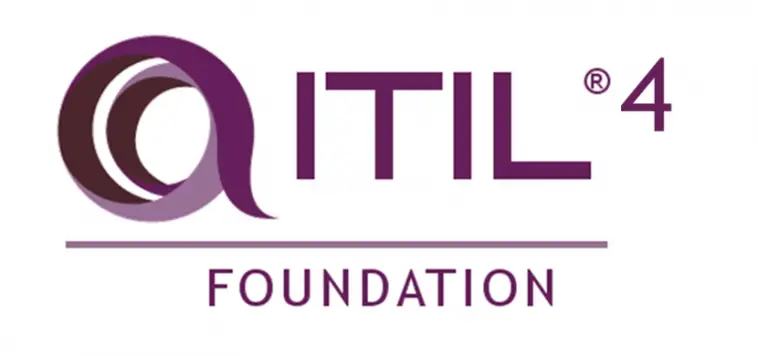The Information Technology Infrastructure Library or ITIL is a series of processes that are developed to improve an IT service lifecycle. These processes are necessary for an organization to easily adapt to the changes taking place.
ITIL 4 was released in February 2019. It comprises of a new framework and a set of rules. There are seven guiding principles of ITIL 4 that will help you and your organization to make good decisions, improve continuously, and provide guidance regarding ITSM work. An ITIL 4 Foundation Course might help you navigate through these and give a more practical approach but let’s look at a basic overview.
The seven principles of ITIL 4
Focus on value
The main aim of the organization should be to create value for stakeholders. The organization should not only consider creating values for customers and users but also for stakeholders. The term stakeholders include society, employees, regulators, shareholders, etc.
Businesses should not consider only financial value but should also keep in mind customer experience and user experience. Before creating the values, an organization should think about the services they are providing and the services the customers want.
Start where you are
Sometimes, it may happen that you have already started doing something and then you realize that it is not profitable. In such cases, it is not necessary to start again from the beginning and build something entirely new. Before starting from scratch, you should consider what you already have.
Starting from the beginning without taking into consideration the present resources will result in a waste of money and time. Therefore, the focus should be on improving the existing conditions instead of completely replacing them. Instead of completely relying upon metrics and reports to understand the current situation, you should analyze what is profitable for your organization and then just look into the metrics to support your observations.
Progress iteratively with feedback
Organizations should not try to achieve all the goals at once. Instead, they should focus on smaller goals or tasks first, which are manageable, and can be achieved within a specified time.
There are many projects that require large investments but they deliver the desired results after a large span of time. In such a case, it is always advisable to focus on smaller tasks as it will enable you to perform them in a more efficient way.
Another important thing is that after each step, you should look into the feedback because that will help you to understand your faults. You will be able to understand the opportunities, issues, and risks.
Collaborate and promote visibility
If the employees of the organization work without sharing the information with each other, they can become good at one task. However, with a change of circumstances, it becomes difficult for them to adapt to such changes. This problem can be solved if we practice collaboration regularly. People working together are more efficient than those working in silos.
However, to collaborate effectively, you have to be transparent about all the things happening in your organization. You have to share all the information with your employees so that a sense of trust is created and it is easy for people to collaborate.
Collaboration should not be confined within the service providers only. It should also include the customers, suppliers, users, and everyone who is involved in your services.
Think and work holistically
Instead of only thinking about your part of work, the focus should be on how the work done by you improves the overall value of the organization. Sometimes, it so happens that one part of the organization works faster than the other parts. This causes pressure on other parts, which is not good for the organization.
The main objective of an organization should be to work together and improve together. All the parts of an organization should interact with each other to achieve success and create value. Working together requires trust, information, and understanding.
Keep it simple and practical
Your focus should be on the following of simple steps to achieve your goals. If you think that any procedure or action is not profitable or correct, eliminate that. Always try to avoid complicated steps or actions.
This principle states that the processes undertaken by you should cover the basics and should not be designed in such a way that it covers all possible situations. Everyone in an organization should be trained to take correct decisions. The employees should have some basic idea about ITIL guiding principles because that will help them in doing their work.
Optimize and automate
The aim of an organization should be to maximize the profits earned by efficiently managing the resources. You should use your resources as effectively and efficiently as you can.
Despite the development of technology and machines, organizations should still value human resources. They should not completely rely on machines. Instead, they should divide the tasks as per the requirements.
Some people like to get the ITIL Practitioner guiding principles on large sheets of paper and stick them on the walls of their meeting and conference rooms. This acts as a great prompt while making decisions. Sharing these principles with all your people will help you do a much better job of creating value for customers, users, and your own organization. The ITIL process has various benefits helping you make decisions. Some of them include –
- Align business with IT
- Systems integration
- Reliability
- Quality of service
- Change management
- Transparent costs
- Business agility
Since the ITIL process has so many benefits and helps you to make your processes more cost-efficient, you can have an ITIL 4 Foundation Certification which will improve your competence, productivity, and capability to build better relations.





Comments
Loading…